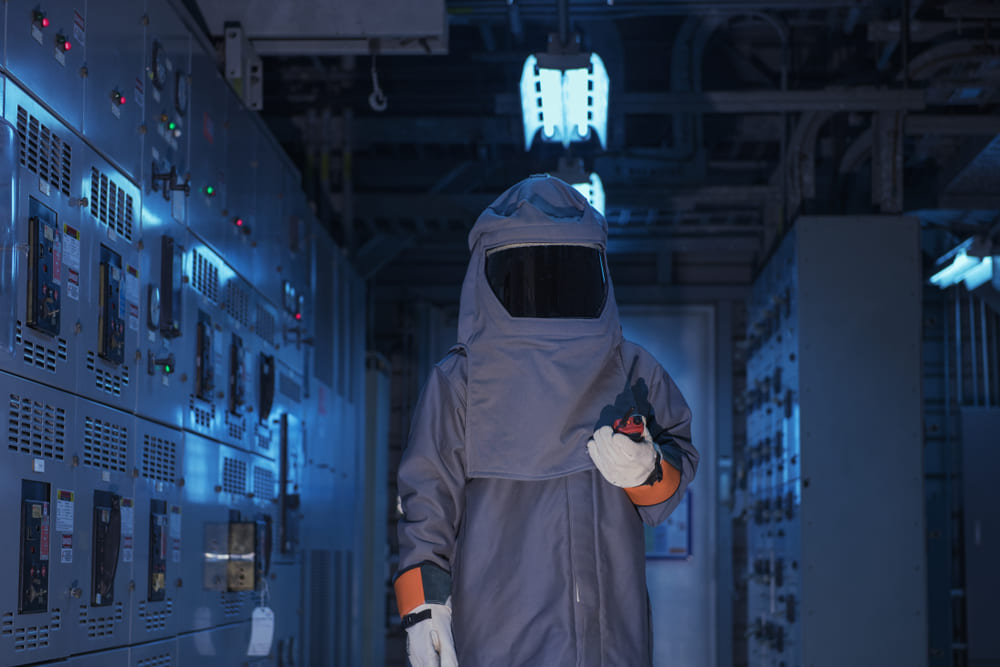
When a gas is exposed to a voltage that exceeds its capacity to block, electrical arcs may form. An arc arises when the voltage is sufficient to ionize the air between the conductors. The air becomes a good electrical conductor when ions are introduced. Air ionization creates a current that heats and illuminates the atmosphere. This heat forces the ionized air to rise, generating a current in the shape of an arch. This is why the phenomenon is called an arch current. An arc flash can produce temperatures of up to 20,000 degrees Celsius.
Arc flash risks have the potential to harm both people and property. Among the business pursuits of arc flash are:
It minimizes potential dangers to the greatest extent feasible. Work should not be conducted on live equipment, and testing the equipment after it has been de-energized or re-energized should be undertaken with extreme care. Using remote tracking, circuit breakers are kept away from arc flash boundaries, which might endanger the user.
Arc flash analysis and power system studies are performed to assess the risks associated with short circuits and the interaction between protective devices. Use low-risk measures, such as remote rack equipment, to safeguard people and property.
Ensure the proper amount of PPE (personal protective equipment) is available depending on the arc flash’s level of danger. To make engineering equipment and methods safer, modifications are being made. Installing circuit breakers and energy distribution systems limits the amount of energy that may flow.
Industries can reduce fault current with non-current-limiting breakers. Maintenance with an open tie can use them. Limiting fault current decreases maintenance arc flash dangers. Current-limiting reactors stop the electrical flow, minimizing arcing.
Care Labs has staff stationed in many places to ensure that our professionals are available in case of an emergency or for routine activities. Care Labs is ISO 9001:2008 certified and has several pleased customers.
Arc flash testing and analysis are available in all major Indonesian cities, including Jakarta, Surabaya, Bandung, Medan, and Semarang.